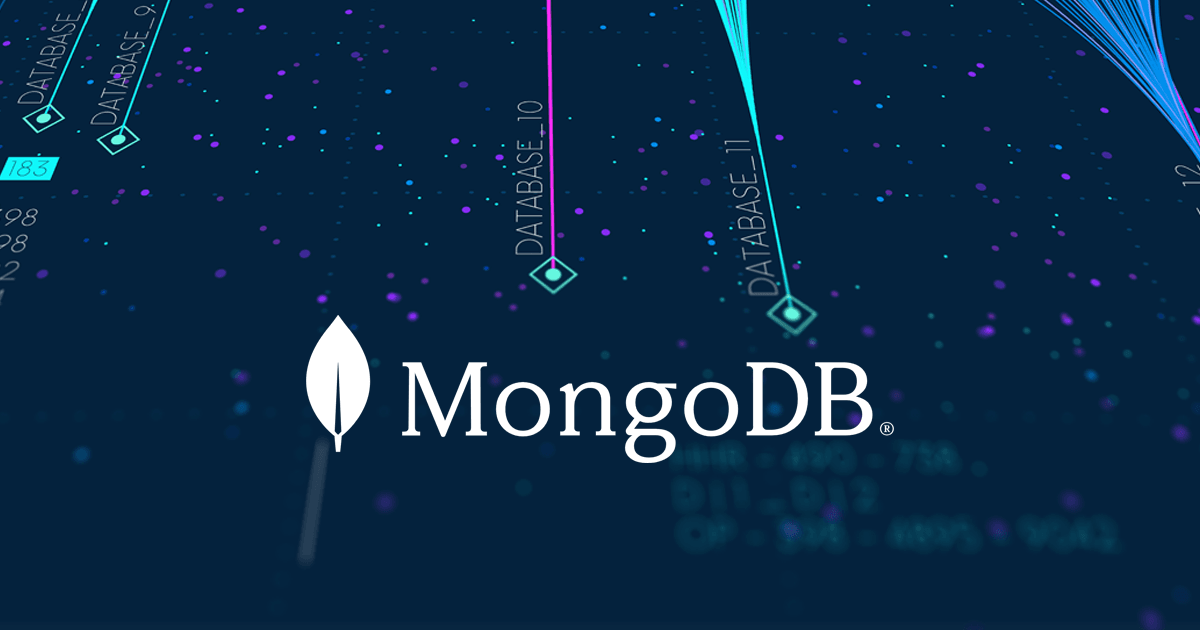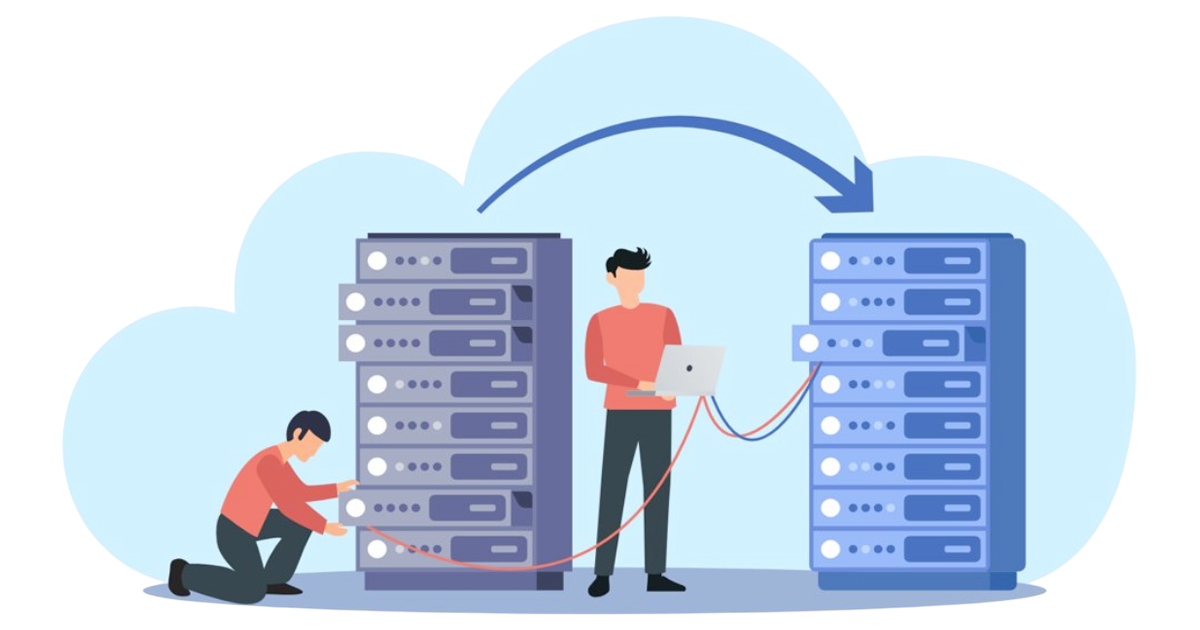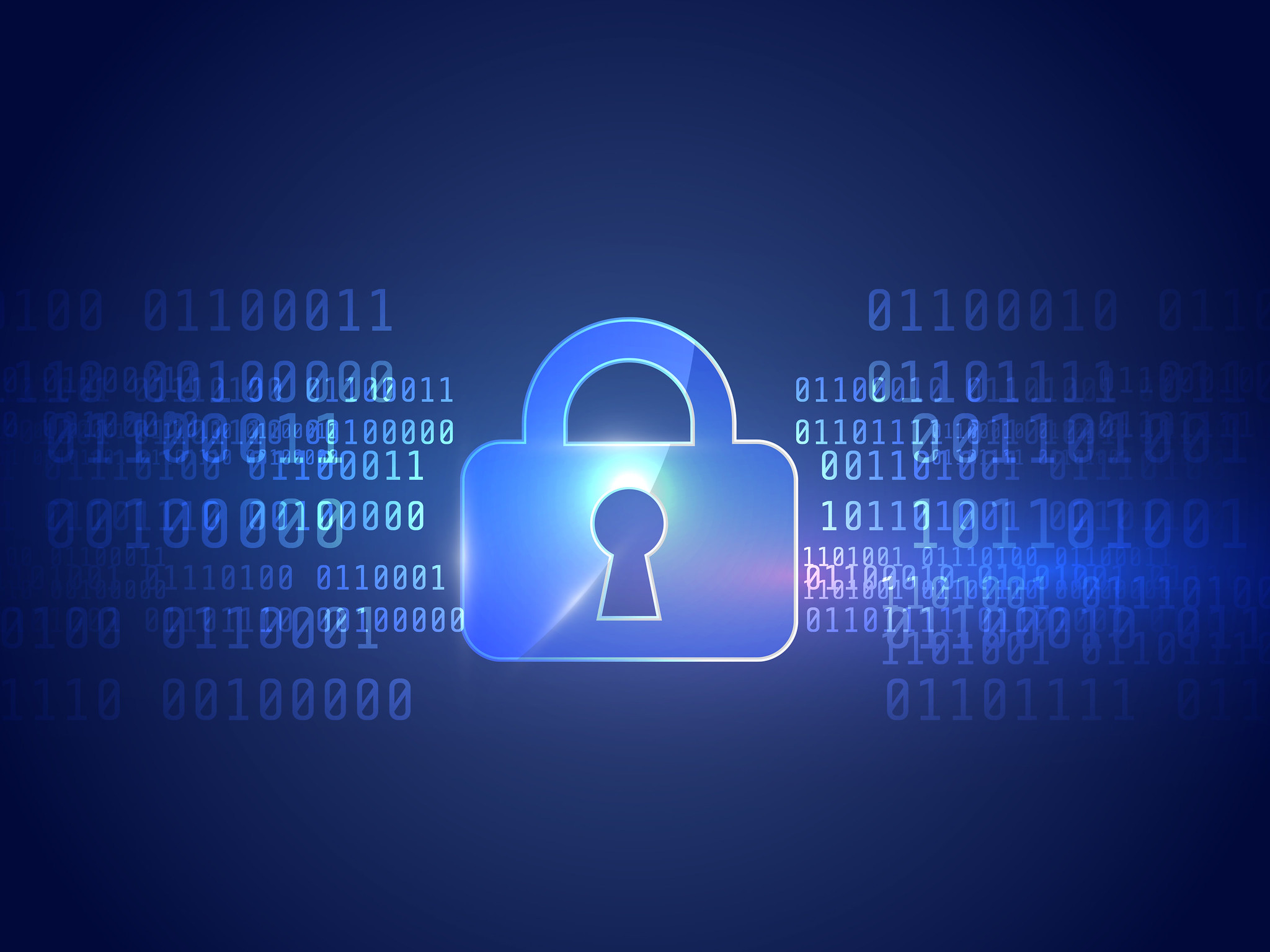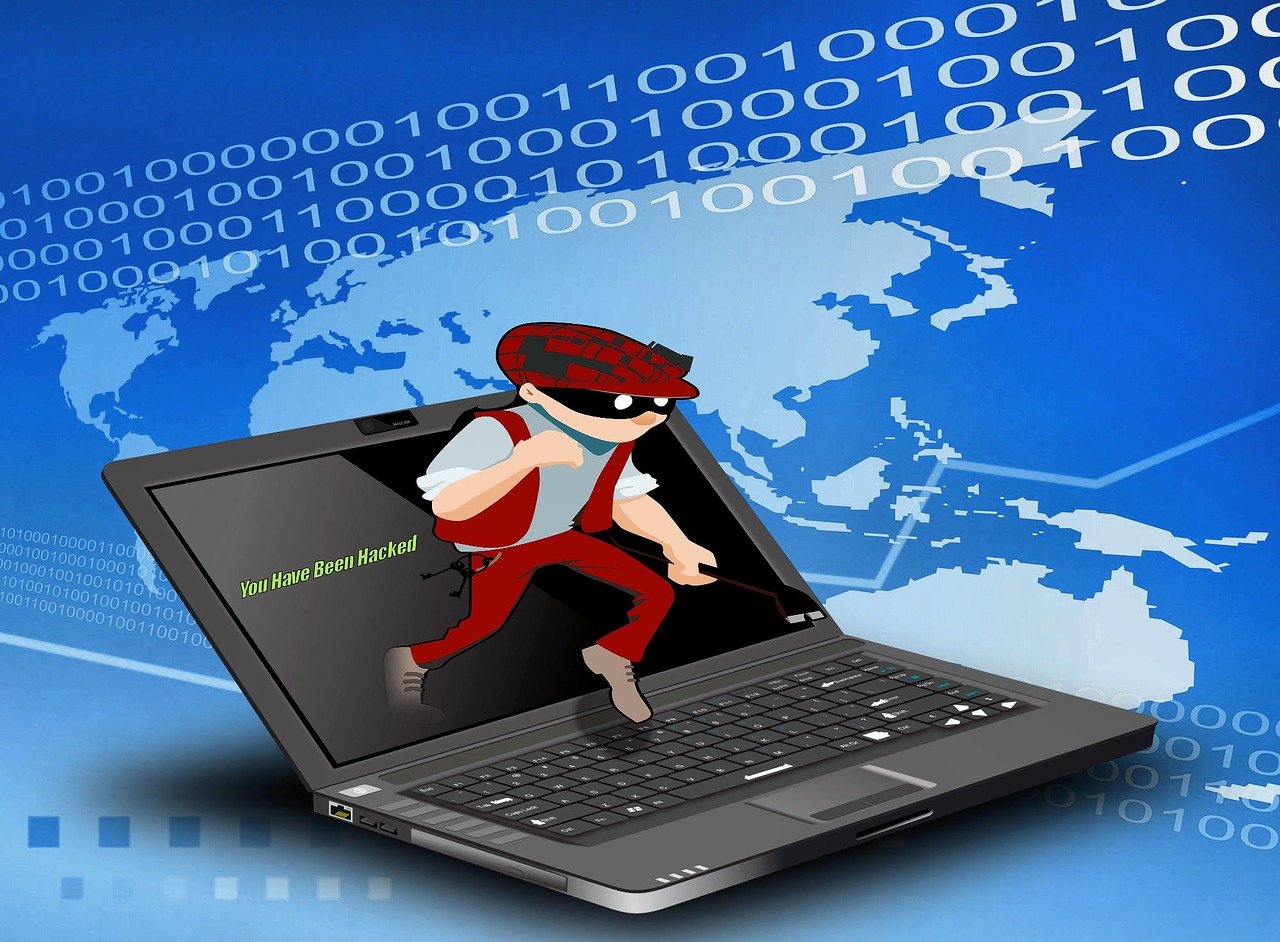LOOK WHO'S BACK: TAPE MEDIA
-
Matteo Cassia
- 03 Dec, 2021
- 03 Mins read

A couple of days ago, because of the Cyber Security Month 2021, we joined an online seminar that at first sight can appear anachronistic in a world that is almost completely cloud oriented. The subject of this speech was Mitigate Cyber Risks & Future Proof Data Archives with LTO-9. I know, now you're thinking: "ARE YOU SERIOUS?! Tape technology in 2021? You're getting old, my friend!". That's true for me but surely not for this magnetic media.
Today, for all kinds of different reasons, tape media technology remains one of the best choices. In fact, it is still quite common in data protection infrastructures, from small offices to enterprise size companies.
Maybe some of you are not aware, but there is a standard that defines the specs of this technology, recently a new generation of tape media technology has been released: LTO-9. Here's a quick reference to Wikipedia to learn more about this topic. This speech was sponsored by one of the leaders in this field, Quantum.
They started by highlighting the major effects of cybercrime on targeted companies. Let's summarize it in 3 points:
- Economic damage: two-thirds of the victims, even if the IT is not their core business, suffer significant losses.
- Reputation damage: more than 50% of the victims lose trust from their customer when they notice a potential data breach.
- Data damage: nearly the 33% of the victims is forced to stop production for some time or have data that still remains unrecoverable.
It's not a matter of IF we'll be the target but WHEN and if we're ready to respond in an effective way.
The mass (and mess) of data that needs long term storage in a secure place is increasing and at an incredible pace. In this scenario tapes have a fundamental role, thanks to some of the native properties of this technology that I’m going to demonstrate:
Tapes are FAST Looking at the following table you can see that an LTO-9 tape with data compression is almost twice as fast as SSD SATA.
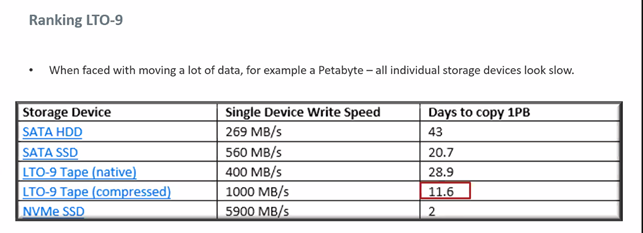
Tapes are SECURE and RELIABLE Since the introduction of LTO-4, tapes have built-in hardware encryption technology for the written data, and that data remains recoverable for up to 30 years without requiring a hardware refresh.
Tapes are PORTABLE They can be exported from their libraries and secured in a bank or off-site location for disaster recovery purposes. For example, Quantum has a built-in vault available within their Scalar libraries. This feature called Active-Vault is composed of a partition in the library where the slots can be exported and remain offline until an administrator with specific commands recall them in the active partition.
Tapes are CHEAP Compared to disk based storage with the same performance and capacity, an LTO-9 media costs around 200$ and you can store up to 45TB of compressed data. Now that we're in the "Zettabyte Era", and with this trend by the 2025 the archived data will be 175ZB, this aspect needs to be considered. Psst... 1 ZB = 1 099 511 627 776 GB...
Tapes are GREEN The electric power required to write, maintain, and restore data from tapes is much lower than what is required for storage disks.
Considering all these aspects, using tapes alongside the production storage arrays for archiving purposes is clearly an optimal approach to data protection. For the geeks out there, here are some new features and requirements for the new LTO-9 standard:
- There are new environmental requirements for the operation due to the tapes being thinner than ever before. For example, the temperature at which tapes work must be lower (compared to previous standards).
- New tapes require a calibration or "tape initialization". This is a procedure performed automatically by the drive when the tapes are first mounted. This operation ensures a longer durability of the tape and can take up to two hours.
- There is a new feature that can increase read performances by 50 to 68%. It is called Open Recommended Access Ordering (oRAO) and it requires application support by the software that is reading from the tape.
In conclusion, the speech by Quantum was an excellent opportunity to catch up on a technology that only looks out of date, but I’m sure we’ll be seeing a lot of in the near future. Do you work with tape libraries in your current line of work? Were you aware of this technological advance? I can’t wait to read your comments and thanks for your attention.
